
Dylan(2014)
A young trans man tells his story on a early morning journey to Coney Island.
Movie: Dylan

Dylan
HomePage
Overview
A young trans man tells his story on a early morning journey to Coney Island.
Release Date
2014-11-03
Average
0
Rating:
0.0 startsTagline
Genres
Languages:
EnglishKeywords
Similar Movies
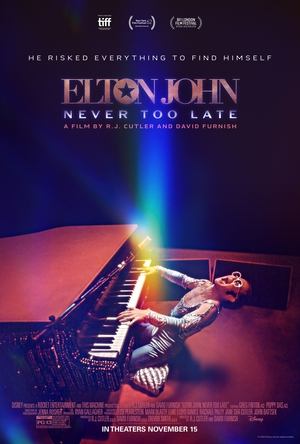 6.5
6.5Elton John: Never Too Late(en)
Sir Elton John looks back on his life and the astonishing early days of his 50-year career in this emotionally charged, full-circle journey. As he prepares for his final concert in North America at Dodger Stadium, Elton takes us back in time and recounts his struggles with adversity, abuse, and addiction, and how he overcame them to become the icon he is today.
 7.8
7.8The Fire Within: Requiem for Katia and Maurice Krafft(en)
Filmmaker Werner Herzog combs through the film archives of volcanologists Katia and Maurice Krafft to create a film that celebrates their legacy.
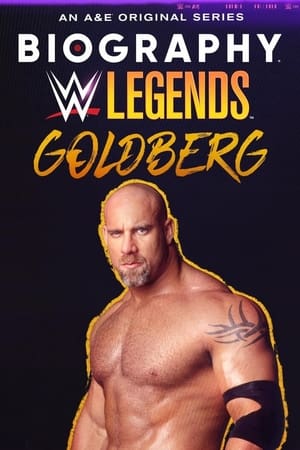 0.0
0.0Biography: Goldberg(en)
Following the story of Goldberg, a wrecking machine who dominated his competitors with brute force; dogged by drama following his controversial match against the legend Bret Hart, Goldberg stepped out or the ring for 12 years.
 4.5
4.5The Seafarers(en)
Members of the American Federation of Labor, the Atlantic & Gulf Coast District of the Seafarers International Union commissioned budding filmmaker and magazine photographer Stanley Kubrick to direct this half-hour documentary. The director's first film in color, it is more of an industrial film than a documentary, it served as a promotional tool to recruit sailors to the union.
 8.1
8.1Isle of Flowers(pt)
A tomato is planted, harvested and sold at a supermarket, but it rots and ends up in the trash. But it doesn’t end there: Isle of Flowers follows it up until its real end, among animals, trash, women and children. And then the difference between tomatoes, pigs and human beings becomes clear.
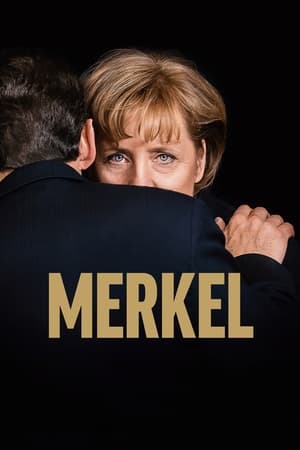 6.8
6.8Merkel(de)
Driven by extensive archive material and interviews with those who know her, this is the astonishing story of how a triple outsider – a woman, a scientist, and an East German – became the de facto leader of the “Free World”, told for the first time for an international audience.
 2.0
2.0Fire in the Sky(es)
In the Purépecha community of Paracho, the Torres family meets from time to time to build huge flying balloons on which they put weeks of work, with the only so that together they can release the bad emotions that are carrying with the pass of the time.
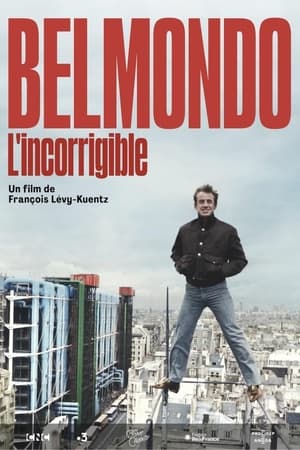 8.2
8.2Belmondo l'incorrigible(fr)
Charismatic and resourceful, seducer and daredevil, Jean-Paul Belmondo has always played his roles as he lived, at a thousand miles an hour. He had only one passion: to entertain the public with his smile, his naturalness, his energy, his stunts. But contrary to appearances, his destiny was full of pitfalls. This film lifts the veil on a founding childhood that allowed him to overcome many obstacles throughout his life thanks to the tutelary figures of his father and mother. Told from the inside with the help of his autobiography, interviews and unpublished archives, this epic story traces the career of this turbulent young actor who launched the New Wave in Breathless before becoming the popular Bebel, an indestructible and provocative vigilante. From film to film, this documentary paints an intimate portrait of a man who built himself up to reach the top: his triumphs but also his trials, his doubts, his secrets, his angers, his clowning, his disappointments or his personal dramas.
 8.0
8.0Françoise Dorléac, de L'Homme de Rio aux Demoiselles de Rochefort(fr)
Born into a family of actors, Françoise Dorléac, Catherine Deneuve's older sister, began her career at the age of 15. She shone a few years later alongside Jean-Paul Belmondo in "L'Homme de Rio". From there, a great international career is announced to the young actress. But in 1967, a few months after filming the "Demoiselles de Rochefort" with her sister, she died tragically in a road accident, at the age of 25. Nevertheless, she leaves behind an abundant career and thus continues to be present in the minds of cinephiles.
 7.0
7.0100 Years of Ulysses(en)
Paris, France, February 2, 1922. The novel Ulysses, by Irish writer James Joyce (1882-1941), is published by US poet Sylvia Beach (1887-1962), owner of the small bookstore Shakespeare & Co. The book, whose writing consumed seven years of Joyce's life, years in which his family was in financial need, would have a profound and unprecedented impact on 20th century literature and culture.
Sonata for Hitler(ru)
As with so many early films by Sokurov, this film has two dates: the first is the date of its creation (the film was then banned), the second is the date of the final edition and legal public screening. The film consists of German and Soviet archive footage of the World War II — to be exact, from the end of the war. An attempt to make a large–scale documentary on this subject had been undertaken in the Soviet cinema of the 1960s: the film — “Ordinary Fascism” — by the outstanding Soviet film–maker Mikhail Romm had become a classic retrospective investigation of fascism. But Sokurov uses the expressive power of the documentary image in an absolutely different way. He does not amass materials for a large–scale picture of Nazi crimes.
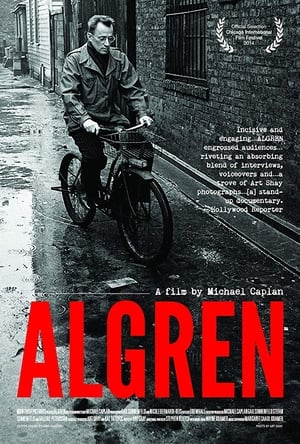 6.0
6.0Algren(en)
Algren will spotlight the hard-knock life and authentic creative legacy of one of the most underrated writers of the twentieth century, Nelson Algren. Algren's brutally honest portrayal of the American underclass and his hard-nosed lifestyle became his pathway to compassion. Through interviews with Algren contemporaries, experts, and "literary soulmates," as well as through the photography of Algren's friends, Art Shay and Stephen Deutch, the film will tell his story. It will celebrate his tremendous contribution to and influence on American letters, and push Algren, champion of the marginalized, out from the margins.
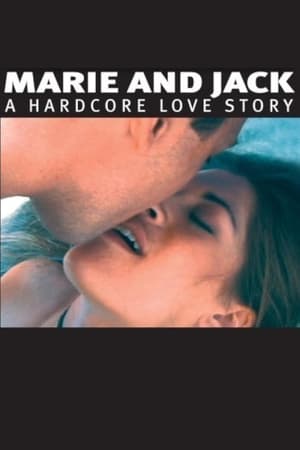 7.0
7.0Marie and Jack: A Hardcore Love Story(en)
Marie Silva and Jack Bravo are a married couple who also happen to make porn films for a living. This documentary examines what a marriage involving a couple whose jobs it is to have sex with other people is like, what the pressures are and the differences between their professional lives and their personal lives.
 0.0
0.0Scenes of Yan'An(cn)
Filmed around March 1938, under the auspices of the China Wartime Film Research Association, but not publicly screened until 1941. Photographs of the Long March are very rare, as are those of its endpoint in Yan'An, the communist base of Northwest China in Shanxi province. Mao ZeDong may be seen along with other Chinese Communist leaders, including Liu Shao Qi, Ding Ling, Luo Rui Jing, and Kang Sheng.
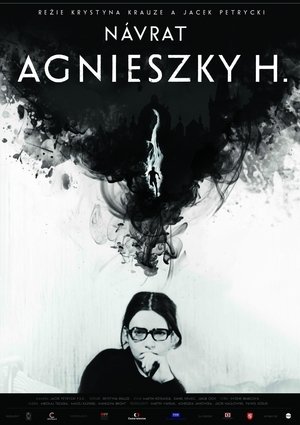 0.0
0.0The Return of Agnieszka H.(pl)
A full feature co-production documentary about the famous Polish director Agnieszka Holland and her relationship to Czechoslovakia. „Czech culture was a different mirror to our world.“ Agnieszka Holland in an interview for Czech daily MF Dnes The film has two basic storylines: It depicts the life of Agnieszka Holland during her studies at the Film and TV School of the Academy of Performing Arts in Prague towards the end of the 1960’s, her friends, her participation in a student strike and her arrest for supporting the dissident movement and anti-state tendencies. The second storyline follows her return visits from 1989 until a historical series about the death of Jan Palach called Burning Bush. It is also a story about courage, fear, honesty and friendship and all its trials.
 6.5
6.5The Funicular of Mount Faloria(it)
Vertigine (Vertigo) is the original title of a fragment of around 4', signed by Michelangelo Antonioni, which is a part of the eight-minutes documentary La funivia del Faloria. The title was eventually modified in La funivia del Faloria because considered more effective to obtain the governmental prize (at the time the minimum length allowed was 8 minutes). Vertigine was shot in 1949 with the cinematographer Bellisario, who was director of photography in several documentaries in those years, but was edited only in 1950, after Antonioni had made his first feature film, Cronaca di un amore.
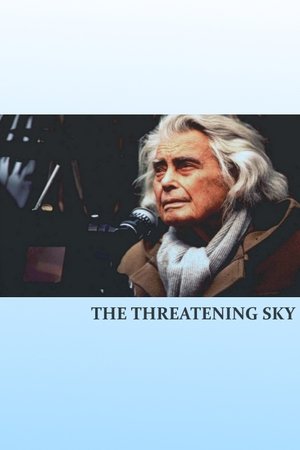 0.0
0.0The Threatening Sky(fr)
Pro-Vietnamese film created by Dutch filmmaker Joris Ivens. This black and white film begins with an introduction by Bertrand Russell, who explains the history of the run-up to the American involvement in Vietnam. The film shows scenes of Vietnamese soldiers in trenches, American helicopters, agricultural workers, and children assembling anti-aircraft shells. A narrator speaks of the American invasion as being on par with the Germans during World War II and characterizes the Vietnamese as resistance fighters. Anti-American protests are shown. Ivens is shown interviewing Ho Chi Minh. Vietnamese villagers build dams for rice paddies, make traps using bamboo spikes, and take cover during air raids. Scenes include the headquarters of the National Liberation Front, a military execution, bombings, and villagers fighting back against US aggression.
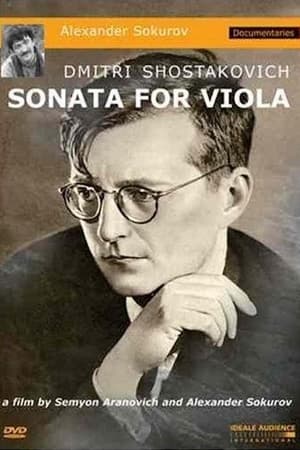 5.3
5.3Dmitri Shostakovich. Sonata for Viola(ru)
The life and work of the great Russian composer Dmitriy Shostakovich is presented in this documentary through rare images and audios from many archives, at one time censored by the Soviet government. A brief take on his life, from his transition as an early prodigy to a first rate artist, his celebrated compositions and the final years with a declining health.
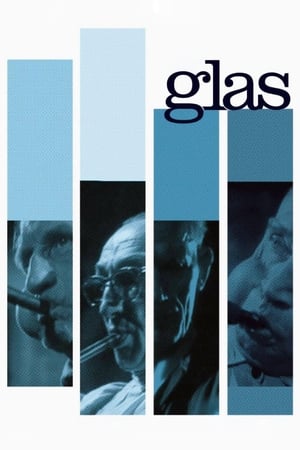 7.6
7.6Glass(nl)
This short documentary, shot in the glass factories of Leerdam and Schiedam, demonstrates how glass blowers do their work. But thanks to the superbly edited ballet of working hands and the sequence of mechanical motions of the engines, is it especially a cinematic tour de force. That the industry can’t do without man’s involvement is shown in the scene where we hear the voice of Haanstra himself counting the bottles on the conveyor belt, until one bottle breaks…

